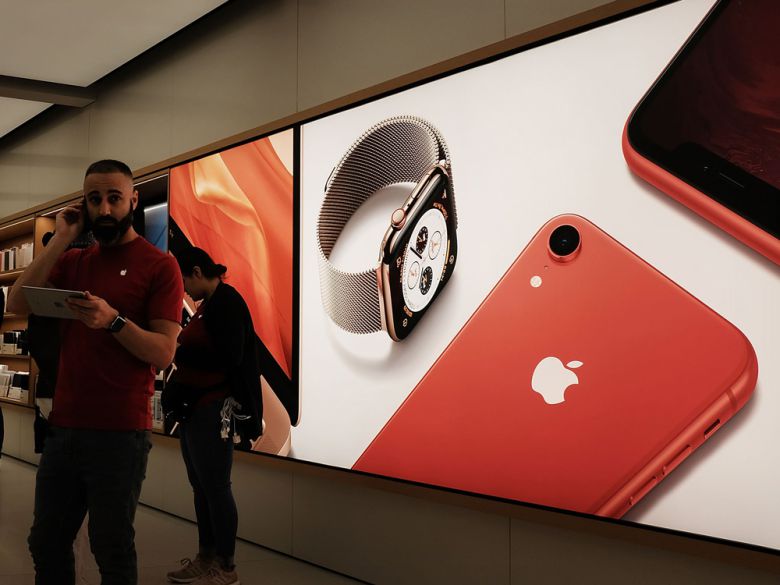Always priced for growth, risk has been part of their equation. That includes catching them on the way back up

Bears have been sinking their teeth into FAANG stocks, and the dining has been good. Not to repeat the obvious, but the stock prices of this quintumvirate of tech — Facebook, Amazon, Apple, Netflix and Google/Alphabet — are officially in hammered territory, even with a bounce-back for some of them on Wednesday. Since Sept. 4, Amazon and Netflix are down more than 25 per cent, Apple and Facebook by more than 20 per cent, Alphabet by more than 10 per cent.
With four of the five FAANG members in correction, investors are right to wonder whether we are facing the sudden end of the long rally in tech stocks — one that has helped fuel the general bull market, post-recession.
Well, that might be the case, but let’s poke a few holes in the worry and see if it still holds water. For one thing, this selloff has not been a really long time coming: it started in July, when Facebook issued earnings guidance that disappointed investors. The stock plunged after that, and it dragged down Netflix and Alphabet — the two companies whose operations most closely resemble Facebook’s (sort of, anyway). Amazon’s stock troubles started in late September amid a wider selloff and got worse in November after its fourth-quarter guidance came in below analysts’ earnings estimates. Same deal with Apple, generally.
Still, the headlines scream about a FAANG rout as if it’s some co-ordinated phenomenon, hinting at more depressing forces at work in the tech sector. But even talking about the FAANGs as a group is a bit weird. The acronym implies a commonality among the five companies that doesn’t really exist. It’s not a relatively uniform group or sector like the dot-coms of the 1990s; each of them has different business models. Yes, they are digital in some way, shape or form, and some have specific common business lines, mostly because Google has so many different operations.
Yet the FAANGs do have a few things in common. One is that they are famous consumer-directed companies. The other is that until recently their shares have been on a tear — which is both a blessing and a curse, in that it’s made them the subject of scads of analyst reports, active discussion groups and never-ending media coverage. In short, they are high-visibility, and that makes prices highly susceptible to market sentiment. They reap the benefit when animal spirits run high, they suffer the consequences when those spirits turn. Their recent woes might have more to do with the markets’ turn to risk-off — fuelled by worry over global growth, rising rates, trade wars and other factors — than with any fundamental long-term change in their business.
This isn’t to say that some of the damage isn’t self-inflicted. For instance, Apple must have known that its decision to no longer issue unit sales data would spook investors. Facebook’s public relations follies over Russian info-wars suggest some pretty questionable decision-making from the top. No doubt the political focus on Amazon, fed at least in part by the fact that Jeff Bezos owns The Washington Post newspaper, is raising policy risk for the company. Protests over Google’s employment practices and handling of sexual assault allegations have not done it any favours, either.
But last I checked, Facebook still dominates social media, which isn’t going away. Amazon has revolutionized retail and its Amazon Web Services owns a third of the rapidly growing market in cloud infrastructure. Apple is one of, if not the, most successful consumer products company in the world. The number of subscribers to Netflix’s streaming service has jumped to 137 million — it’s tripled in four years. Google dominates search, from both a user and an advertising perspective. None of that has changed.
Of course, that’s not much comfort if you hold the FAANGs and have taken a beating the past few weeks. But they have always been priced for growth, and risk is part of the equation. The question is whether they can bounce back. And I suspect that it won’t take much of a turn in events to see a recovery, in the same way it didn’t take much of a turn to spark a selloff.
Take Netflix. Its price-to-earnings ratio of 95 is stratospheric, and it is cash-flow negative, but it could turn that around simply by raising its subscription fees by a couple bucks — it hasn’t yet because it’s focused on building a subscriber base, but someday it will be inevitable.
Or consider Apple. Behind the selloff have been assumptions that its latest iPhone releases, especially the XR, are poised to be busts, supported by news from other companies in its supply chain. (On Monday, Foxconn, the biggest iPhone assembler, was reported to be cutting operating expenses by 20 per cent, and Apple shares plunged.) But Apple’s supply chain is not Apple, which in a maturing phone market has been focusing on generating margin — which it has been doing quite successfully, both by charging more for its devices and by developing its services business. It might sell fewer phones, but it makes more off them. Meanwhile, it is sitting on a ton of cash — US$237 billion at the end of its fourth quarter — which it is undoubtedly earmarking for more stock buybacks. And after the recent selloff, its P/E sits under 15, which effectively is even lower if you factor in its net cash position. Oh, and it pays a dividend, too.
None of that makes Apple or any of the other FAANGs a screaming buy right now. But insofar as the FAANG selloff is a function of sentiment turning, investors might want to be ready when it turns again.


